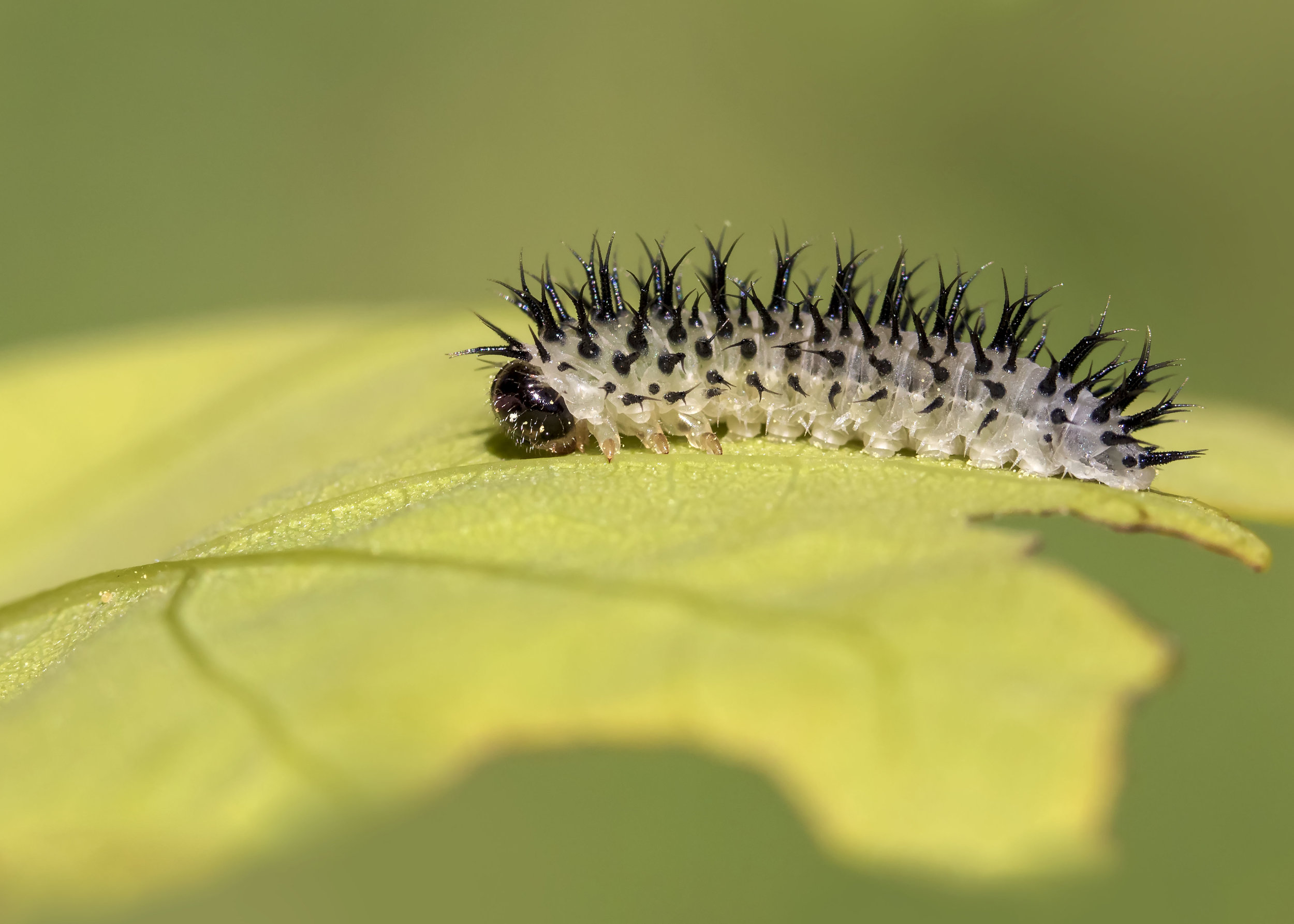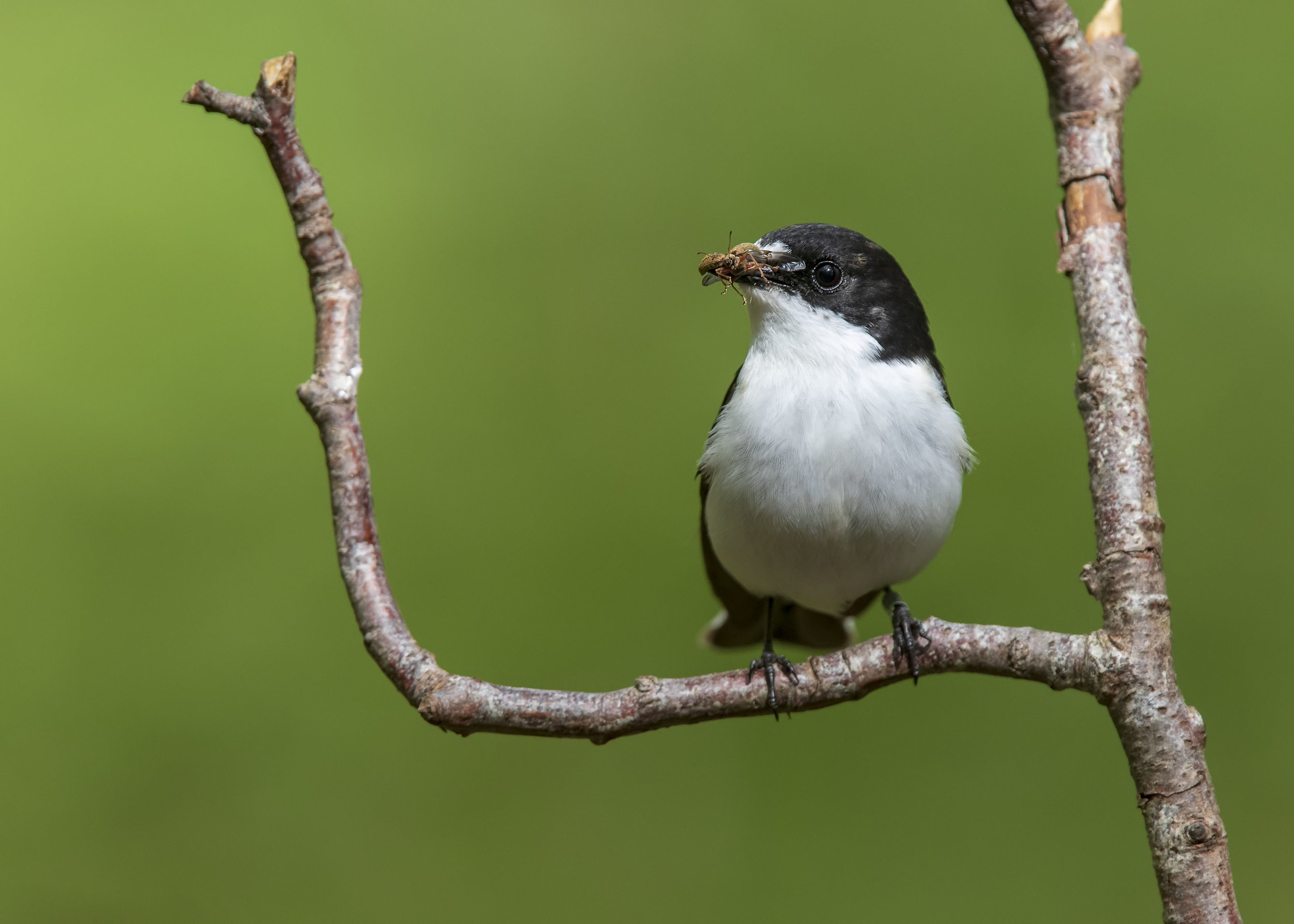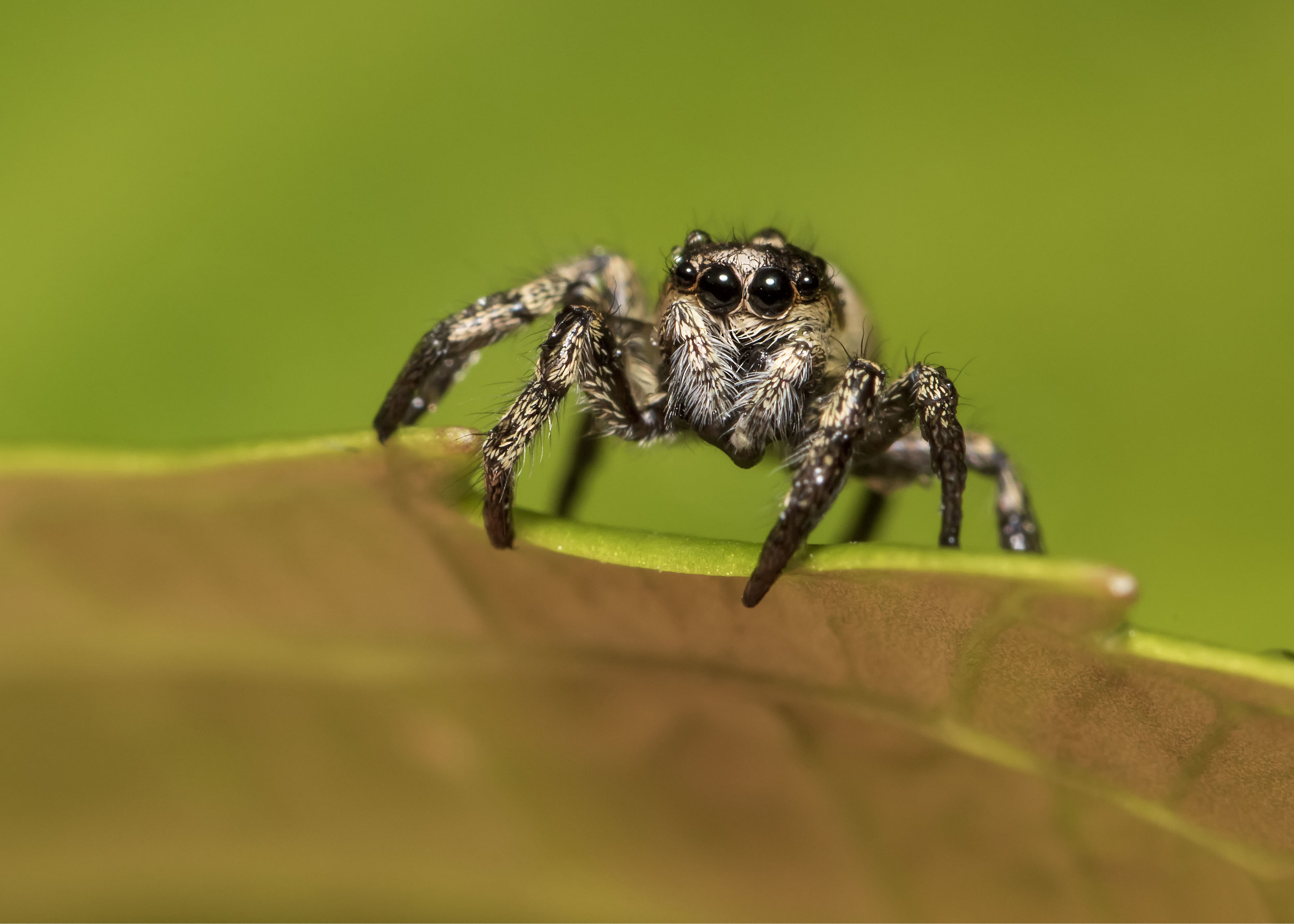The one thing that I absolutely love about the natural world, you’re always discovering new things. It doesn’t matter how long you’ve been studying, how old you are, there’s always something you haven’t seen, heard, smelled or touched. It might not be a significant find by any standards, but this week I added two new species, one flower called Columbine (Aquilegia vulgaris) and though it’s widespread and common, I’ve never seem them before.
The other species came in the form of a beetle which I’ve seen a lot of photographs of, but never actually seen one in person and that’s a large ground beetle called the Granulated Ground Beetle (Carabus granulatus). Seeing one of these large ground beetles makes me want to find the rarer Blue Ground Beetle (Carabus intricatus) which I’ve been told is a mainly nocturnal species of ancient woodland that feeds on slugs and snails. There’s so much to discover, even in the Uk where we have a fairly low number of over-all species on this island compared to mainland Europe.
To keep my birdie friends happy and for anybody who likes to know the ‘how’ behind an image. Below is a pic of me inside a custom made hide, designed by John Marsh of which I’ve made some modifications to suit me. It’s essentially 4 height adjustable spiked poles with 4 cross support beams made out of aluminium. The hide is square and has scrim netting over the main front hole which is the best for being able to still see out of. There’s nothing worse than being in a hide to photograph something that you can’t actually see. Hides are by far the best way to get close to nature. I’ve tried just throwing netting over myself in the past and while it does work, you have to remain completely still, which over extended periods of time is agonising. This hide is small, but it’s big enough that you can still move around, stretch and get comfortable in, even if you are sat on the ground.
My Hide
In the making
Male Pied Flycatcher











